
Product sheet
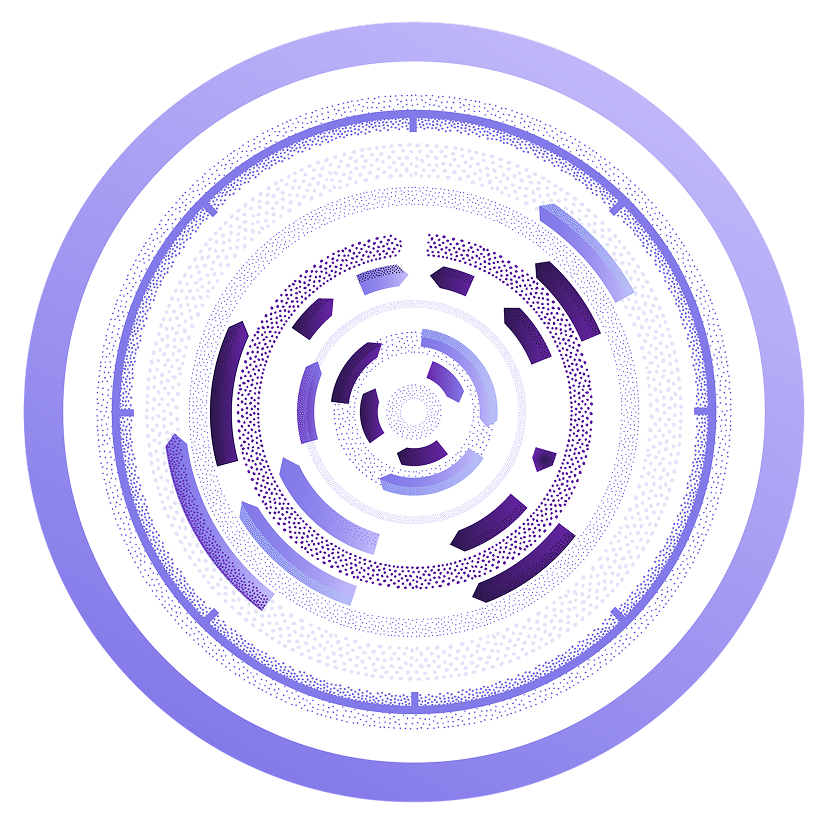

Design and analyze sequences at scale with bulk cloning, alignment, and translation tools.

Model and optimize sequences using the latest algorithms and in silico design tools to guide experimental work.

Standardize sequence analyses and registration across teams, improving hand-offs and reducing redundant work.

Create contextual views of the biomolecules or entities you're developing
Choose detailed maps, including plasmid or linear formats to better visualize sequences
Document annotations, ORFs, primers, and restriction enzymes sites for richer context
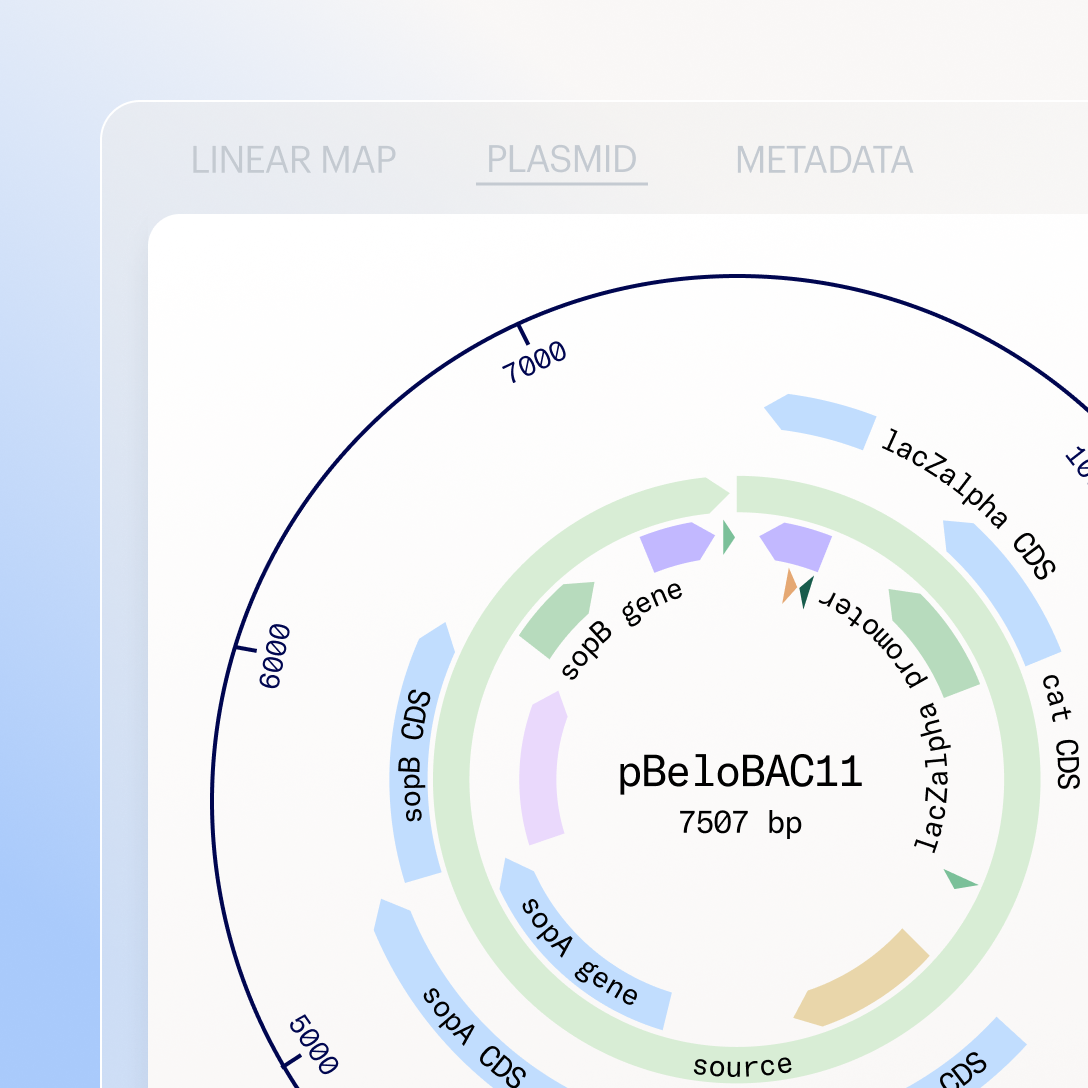
Design primers, CRISPR gRNAs, RNAs, and mRNA molecules in silico
Translate, back-translate, and simulate assemblies to predict property outcomes
Bulk import and perform cloning workflows — restriction, Gibson, Golden Gate — with our guided Assembly Wizard tool
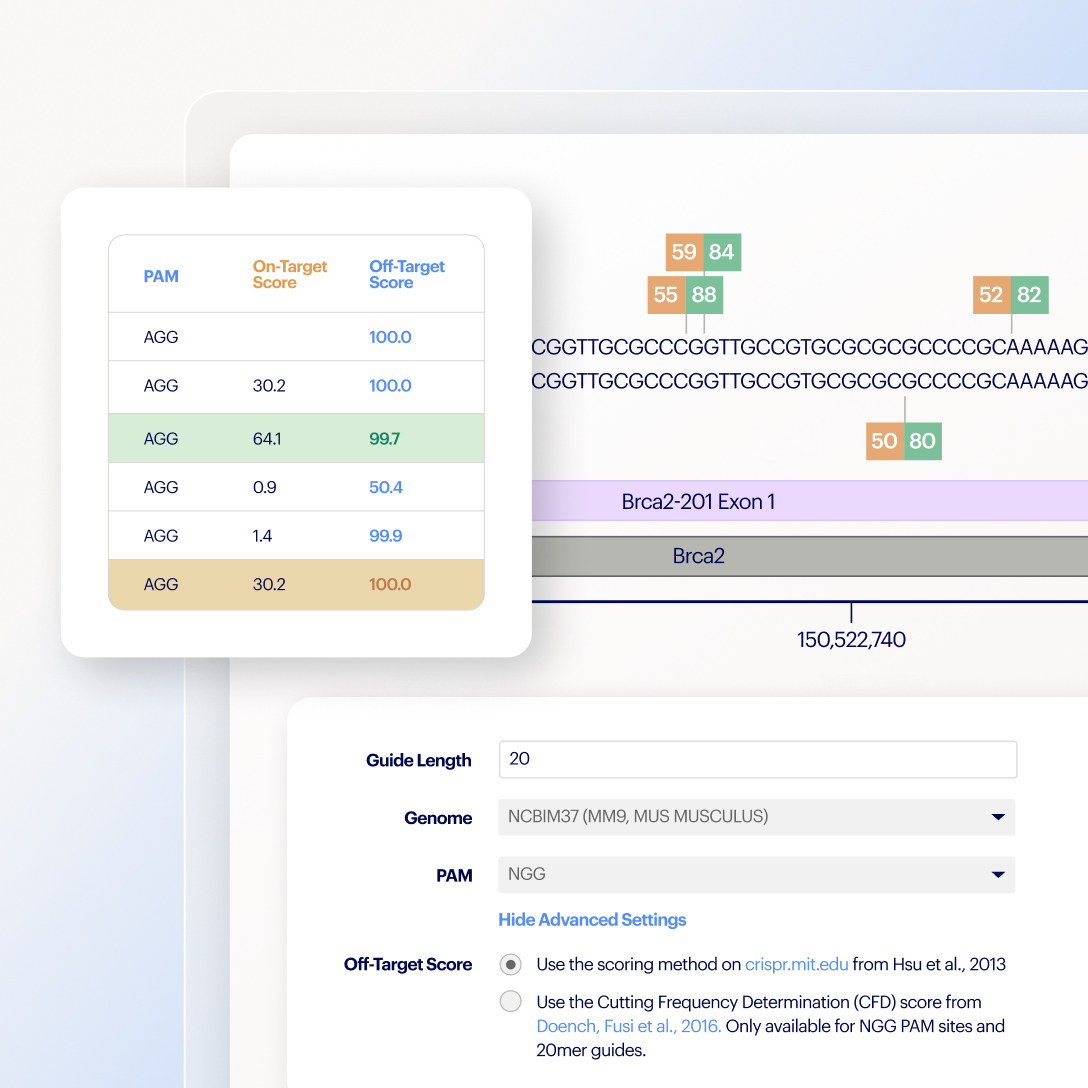
Automatically annotate and compute biochemical properties for sequences and antibodies
Run BLASTn/BLASTp searches and align sequences using an expanded set of algorithms
Predict and visualize 3D protein structures using advanced models like AlphaFold2
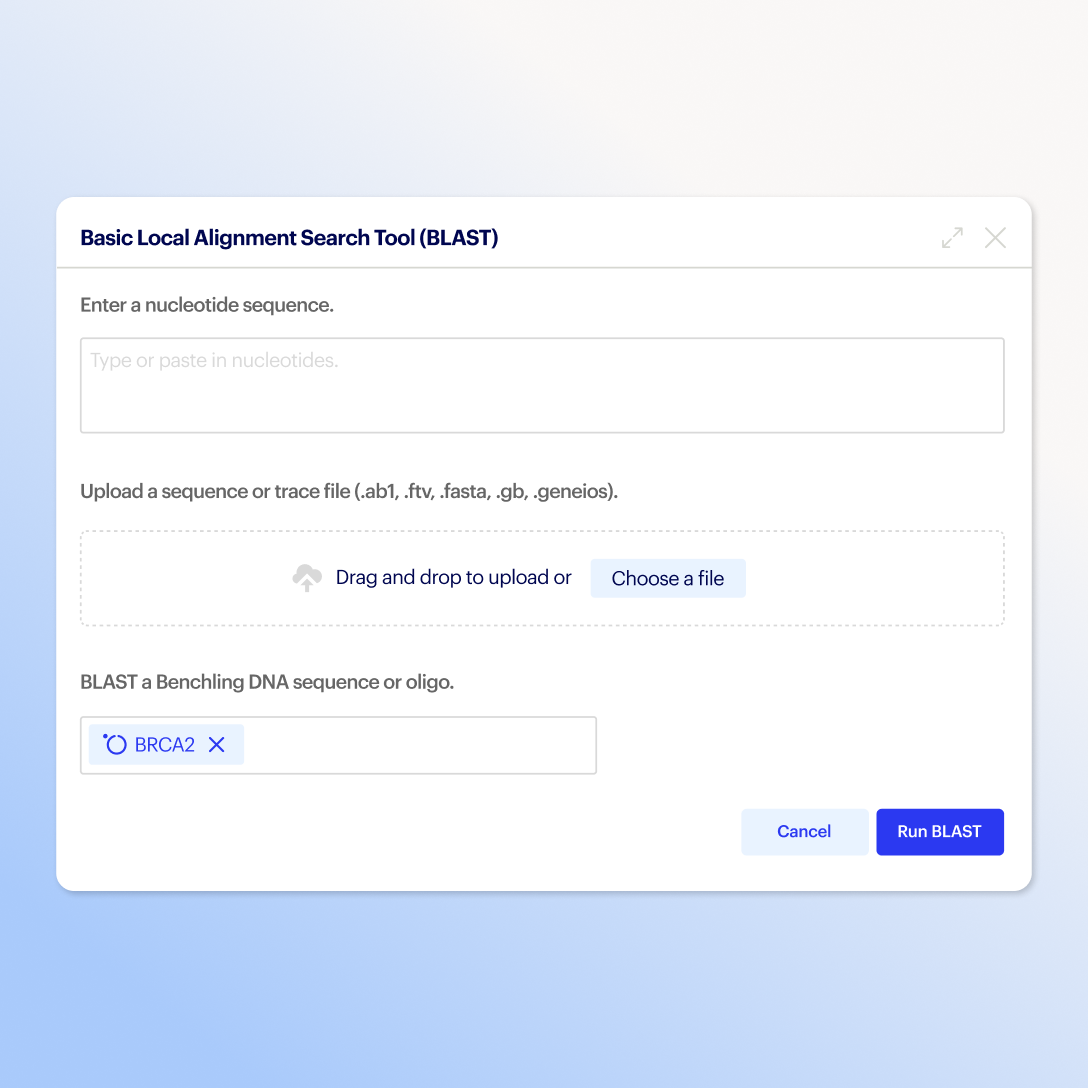
Ensure sequence uniqueness, connect DNA/RNA regions, and centralize experimental and analytical data
Analyze entities and regions to uncover interdependent biological relationships
Enable collaboration and traceability with advanced searches, version history, and permissions controls
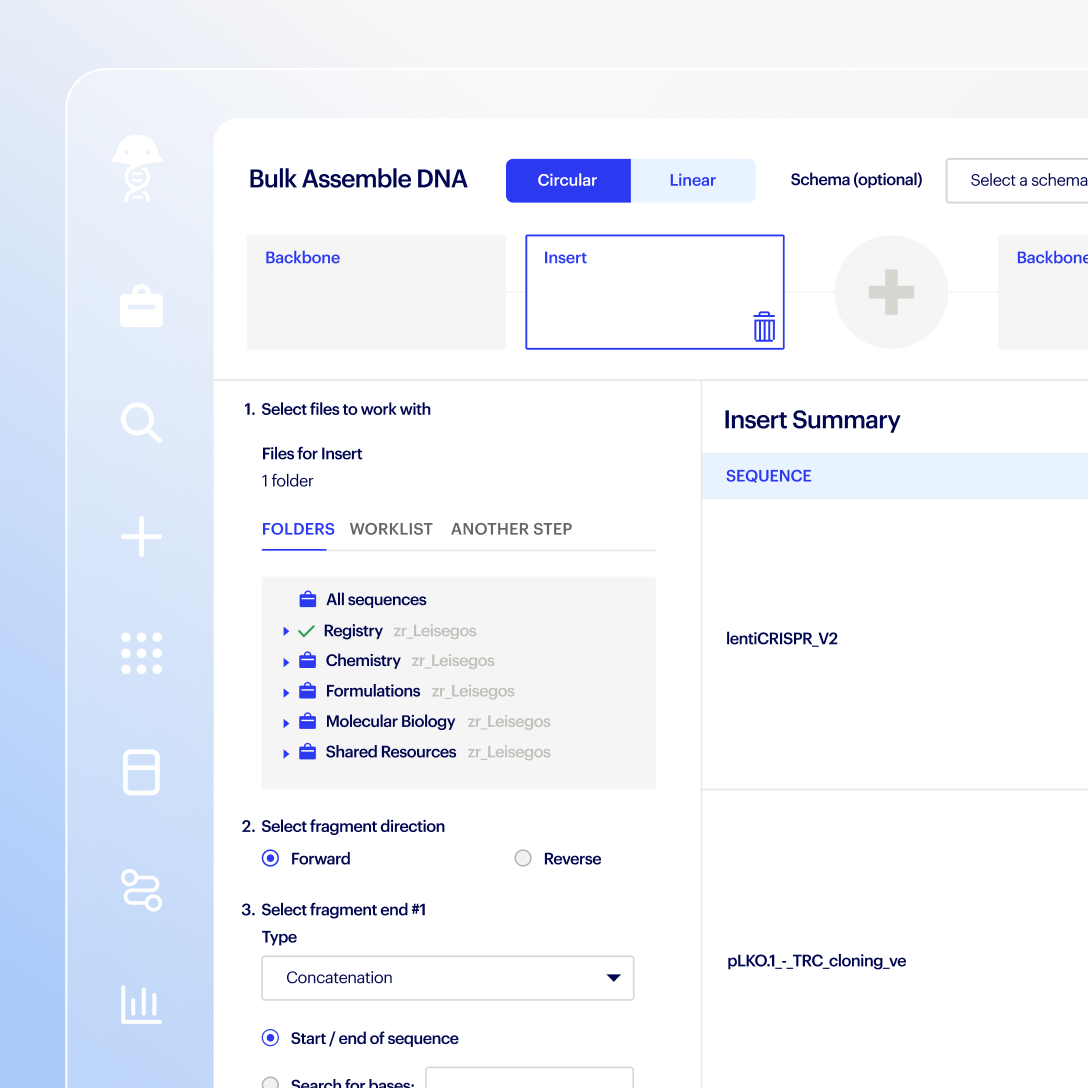

Benchling's molecular biology functionality is better than any we'd used before. Having a single database that aggregates all our data allows us to do better experiments, ask better questions, and solve problems quickly.
Founder & CTO, Oobli